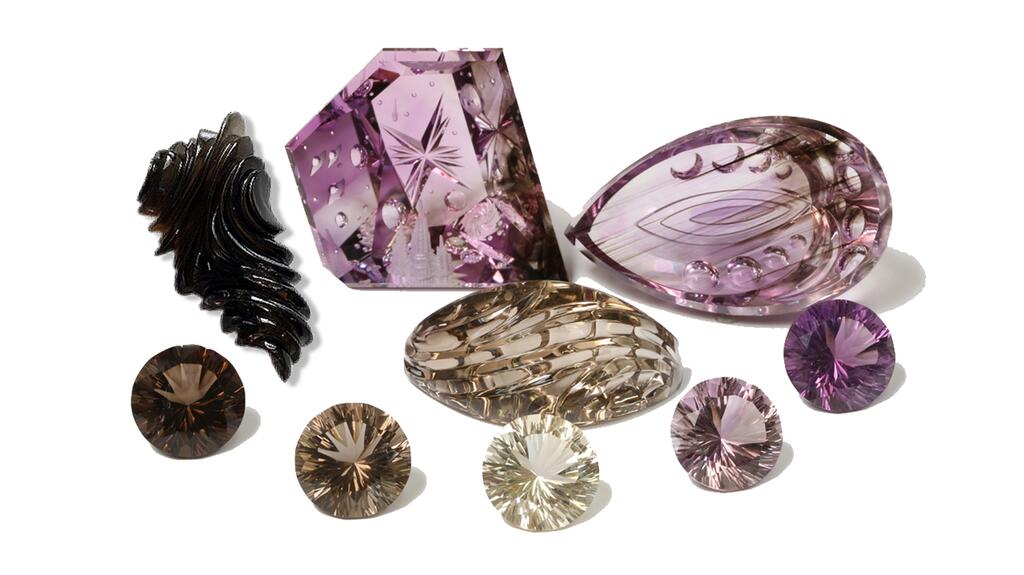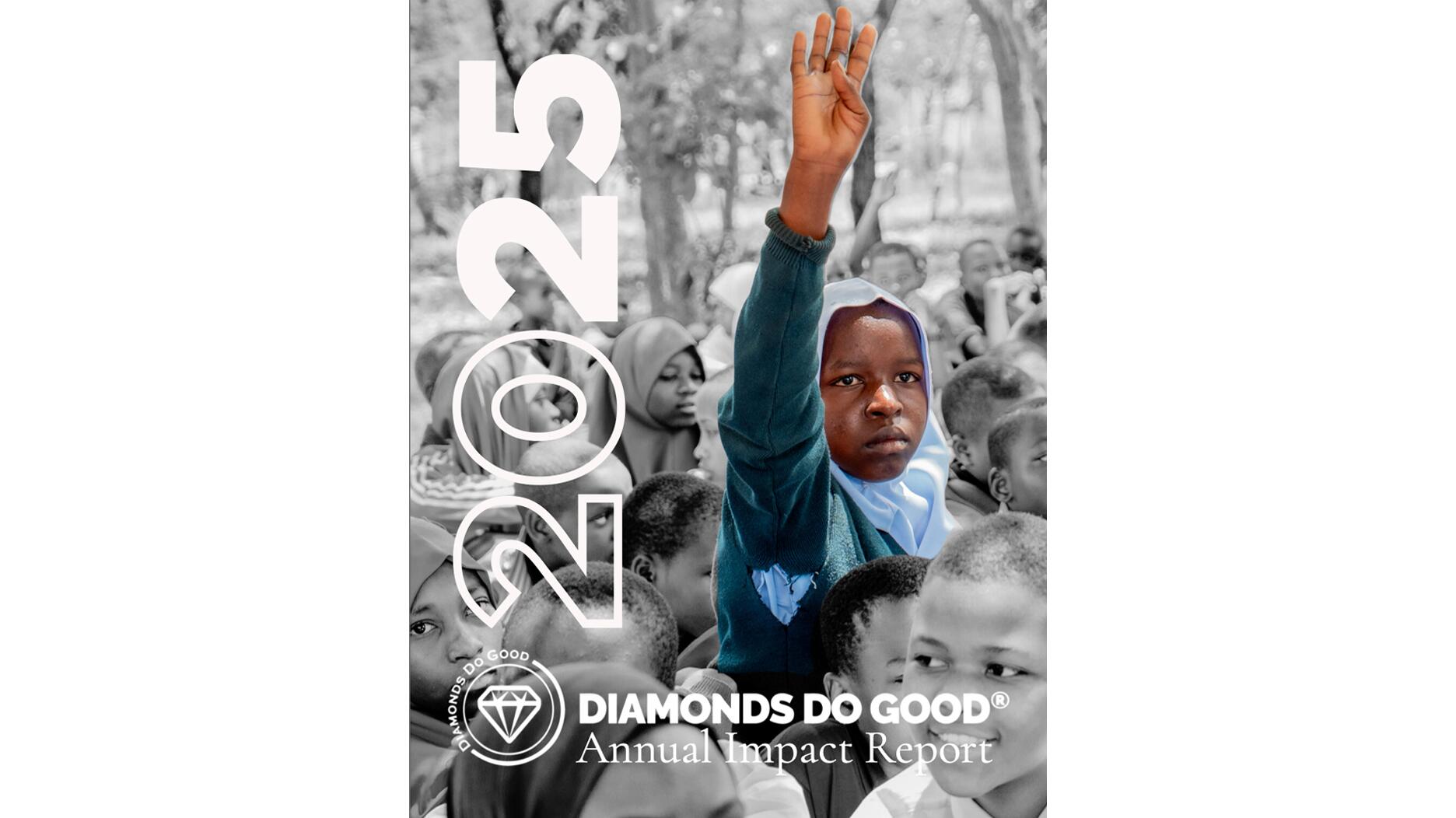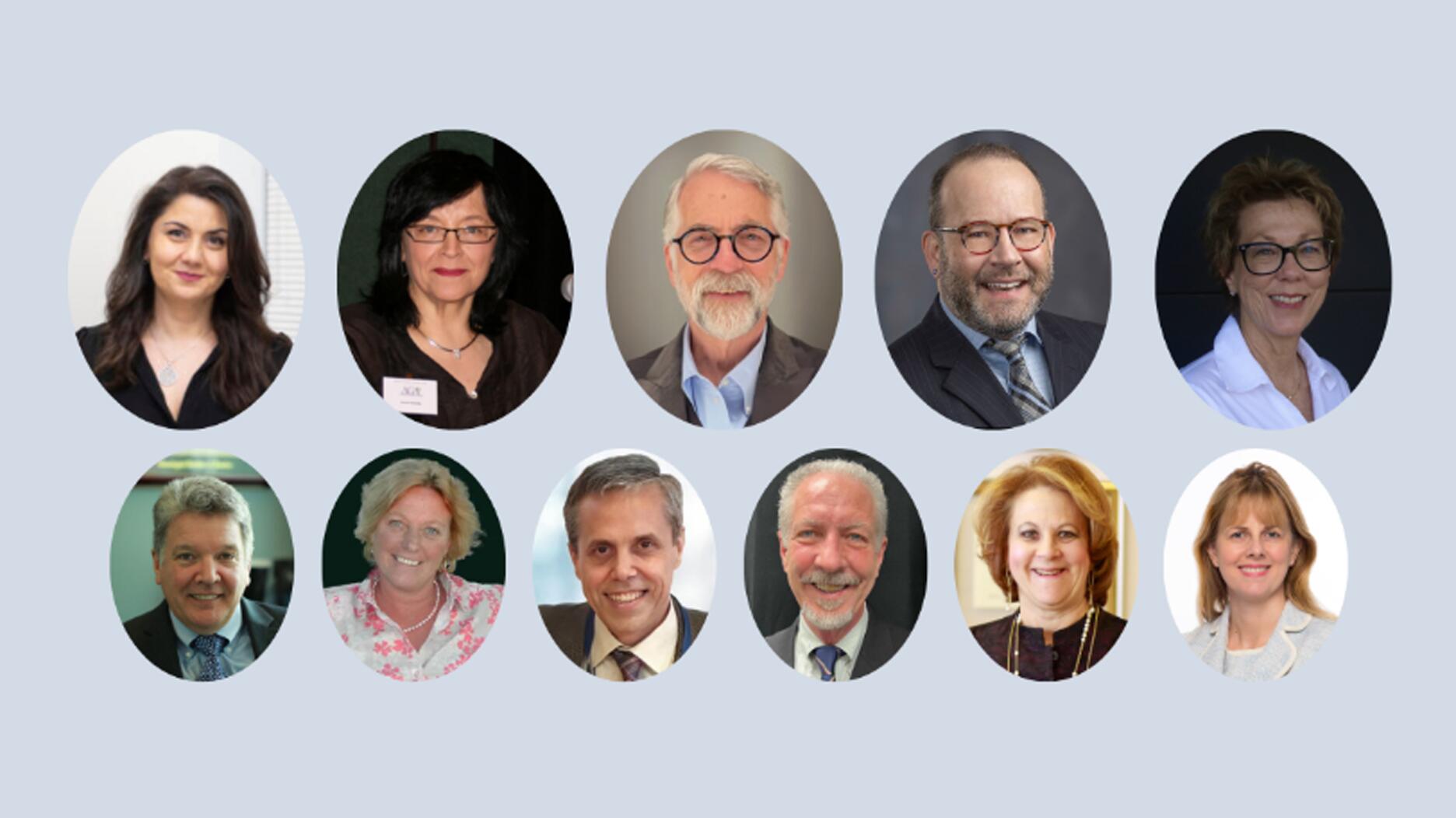How One Collaboration Is Trying to Bring More American Gems to Museums
“American Gemstones” wants to raise appreciation of the stones, and those who mine and cut them, even more.

A member of the trade who has worked with miners and lapidaries for years got the ball rolling on the American Gemstones project, though he has opted to leave his name out of it so the work and artists involved can speak for themselves.
His goal is to bring the American miners, cutters, and designers who work with stones sourced stateside into the limelight by creating museum-worthy collections and getting them into permanent displays.
He has gathered material from mines including the Sunstone Butte mine in Oregon, the Reel Mine in North Carolina, the Hogg Mine in Georgia, and Hallelujah Junction, Nevada, to name a few.
Lapidaries involved include Darryl Alexander, Derek Katzenbach, Ryan Anderson, Dalan Hargrave, Aaron Sangenitto, and Naomi Sarna, among others.
Most of the pieces gathered for the collaboration feature unique cuts and styles, and are one-of-a-kind artistic creations crafted by American lapidaries just for the project.
But to allow for a fuller appreciation of all kinds of American stones, the collection also features some traditional cuts. They are typically round, concave-cut faceted stones not cut by American artists—an exception made to allow for a wider range of stones in the group.
Some, meanwhile, are surprising examples of commercially cut stones, such as faceted opaque opals, produced through the collaboration to experiment with and provide additional education on the versatility and visual impact of such faceted gems.

Playing a big part in the project now is the University of Arizona’s new Alfie Norville Gem & Mineral Museum, connected through Somewhere in the Rainbow’s Shelly Sergent, who serves on the museum’s board and has placed several hundreds of pieces on display there.
The gem and mineral museum has a case specifically for the American Gemstones project, which the latter has dubbed the Legacy Collection. It currently focuses largely on American sunstone.
Importantly for the project, the case is a permanent and rotating display. So, while it’s filled with sunstone now through early 2023, it will then switch to showcase quartz, then opal in 2024, followed potentially by sapphire and tourmaline.
The team behind the project is also building on jade, agate, and other North American gemstones, with a preference for representing gems with some form of commercial production, though they’re also considering series like fossilized materials, metallic gems, and antique glass.
And since education goes hand-in-hand with showing gemstones, it’s also a big focus for this project.
Take, for example, what they did with an 810-carat rough “sherry” topaz from the Rise Above Mine in Colorado to demonstrate a characteristic in some gemstones.
They cut the rough into two pieces.
Darryl Alexander gave one piece a fantasy cut. It’s being called “Now You See Me…”
The other piece was intentionally left out in the sun, and, after two days, the color had changed. Darryl’s son, Nick, then took that piece and also gave it a fantasy cut; it has been dubbed “… Now You Don’t.”
The pieces not only show beautiful craftsmanship but also provide a real example of what can happen to light-sensitive stones for those at the museum.
American Gemstones has also donated stones to the Rice Northwest Museum of Rocks and Minerals just outside of Portland, the Natural History Museum of Los Angeles County, and the Smithsonian, the last of which helped kick off the concept originally in 2013.
There will also be a display at the upcoming Pueblo Gem & Mineral Show in Tucson.
To help raise even more awareness for the collaboration and to bring education about the stones to the fore, American Gemstones also launched an accompanying Instagram account and website. The latter features stunning shots of the stones in its collection as well as plenty of pertinent and fun information about each or their overall gem species or variety.
Each stone also has information on where it has been donated; those still looking for a permanent museum homes are listed as “unassigned.”
The hope, after all, is that the collaboration will grow to include even more mines, artists, and museums to better represent what American gemstones and those who work with them have to offer.
Anyone interested in collaborating is encouraged to reach out via the website or Instagram.
The Latest

“Bridgerton” actresses Hannah Dodd and Claudia Jessie star in the brand’s “Rules to Love By” campaign.

Founded by jeweler and sculptor Ana Khouri, the brand is “expanding the boundaries of what high jewelry can be.”

The jewelry manufacturer and supplier is going with a fiery shade it says symbolizes power and transformation.

How Jewelers of America’s 20 Under 40 are leading to ensure a brighter future for the jewelry industry.

The singer-songwriter will make her debut as the French luxury brand’s new ambassador in a campaign for its “Coco Crush” jewelry line.


The nonprofit’s new president and CEO, Annie Doresca, also began her role this month.

As the shopping mall model evolves and online retail grows, Smith shares his predictions for the future of physical stores.

Roseco’s 704-page catalog showcases new lab-grown diamonds, findings, tools & more—available in print or interactive digital editions.

The trade show is slated for Jan. 31-Feb. 2 at The Lighthouse in New York City's Chelsea neighborhood.

January’s birthstone comes in a rainbow of colors, from the traditional red to orange, purple, and green.

Footage of a fight breaking out in the NYC Diamond District was viewed millions of times on Instagram and Facebook.

The supplier has a curated list of must-have tools for jewelers doing in-house custom work this year.

The Signet Jewelers-owned store, which turned 100 last year, calls its new concept stores “The Edit.”

Linda Coutu is rejoining the precious metals provider as its director of sales.

Sparkle with festive diamond jewelry as we celebrate the beginning of 2026.

The master jeweler, Olympian, former senator, and Korean War veteran founded the brand Nighthorse Jewelry.

In its annual report, Pinterest noted an increase in searches for brooches, heirloom jewelry, and ‘80s luxury.

Executive Chairman Richard Baker will take over the role as rumors swirl that a bankruptcy filing is imminent for the troubled retailer.

Mohr had just retired in June after more than two decades as Couture’s retailer liaison.

Shekhar Shah of Real Gems Inc. will serve as president of the Indian Diamond & Colorstone Association in 2026.

This year’s good luck charm features the mythical horse Pegasus, and is our first Piece of the Week of the new year.

Articles about crime, engagement rings, and a necklace worn in the World Series generated the most interest among readers.

As part of the leadership transition, Sherry Smith will take on the role of vice president of coaching strategy and development.

It marks the third time the country has headed the Kimberley Process. Ghana will serve as vice chair.

The new Bulova x Stetson designs highlight two animals often associated with the American West—the bison and the Texas Longhorn.

Its residency at Yamron Jewelers will run through May 2026.

From influential executives to innovative designers, we pay tribute to the people we said goodbye to this year.



























